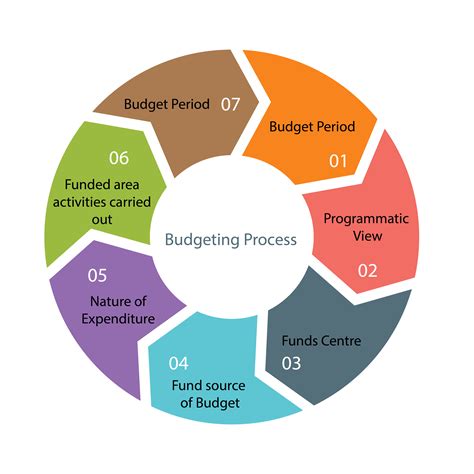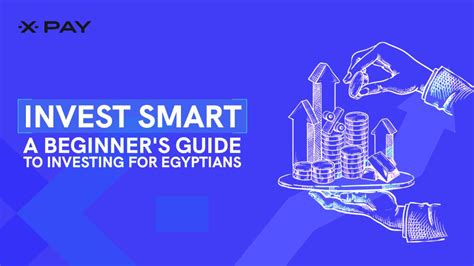Mastering Your Money: The Dual Path to Financial Power
For many men, the quest for financial security is a defining challenge. Juggling existing debts while simultaneously trying to build a future through investments can feel like an impossible tightrope walk. Yet, with a strategic approach, it’s not only possible but achievable in a quicker timeframe than you might imagine. This guide outlines a powerful two-pronged strategy to tackle debt head-on and construct a resilient investment framework.

The Debt Elimination Sprint: Strategies for Rapid Repayment
Before you can truly build wealth, you must first stop the bleeding caused by high-interest debt. Think of debt repayment as clearing the runway before your financial rocket can take off. The faster you eliminate it, the sooner your money can work for you, not against you.
1. Choose Your Attack: Debt Avalanche vs. Debt Snowball
- Debt Avalanche: Mathematically, this is the quickest method. You list all your debts from the highest interest rate to the lowest. Pay the minimum on all but the highest interest debt, and throw every extra dollar you have at that one. Once it’s paid off, roll that payment amount into the next highest interest debt.
- Debt Snowball: If you need psychological wins to stay motivated, the snowball method might be for you. List debts from smallest balance to largest. Pay minimums on all but the smallest, and aggressively pay that one off. The quick wins create momentum.
While the avalanche saves more money on interest, the snowball’s motivational boost can be invaluable for consistent progress. Choose the method that best suits your personality.
2. Aggressive Budgeting and Expense Slashes
To accelerate debt repayment, you need to free up cash. This means a ruthless examination of your spending. Create a detailed budget, track every dollar, and identify areas where you can cut back. This might mean temporarily reducing discretionary spending like dining out, entertainment, or subscription services. Every dollar saved is a dollar that can go towards debt.

3. Boost Your Income
While cutting expenses is crucial, increasing your income is often the fastest way to accelerate debt repayment. Consider a side hustle, freelance work, negotiating a raise, or acquiring new skills that lead to better-paying opportunities. The more income you generate, the more fuel you have for your debt-smashing mission.
4. Strategic Debt Consolidation (Use with Caution)
If you have multiple high-interest debts, a debt consolidation loan or a balance transfer credit card with a 0% introductory APR might be an option. This can simplify payments and reduce interest, but only if you have the discipline to pay off the consolidated debt aggressively during the introductory period and avoid taking on new debt. Without discipline, you could end up in a worse position.
Building Your Investment Fortress: A Solid Plan for Wealth Accumulation
Once your high-interest debt is under control, your focus shifts to building long-term wealth. This isn’t about getting rich quick; it’s about strategic, consistent growth.
1. Establish Your Emergency Fund First
Before investing beyond your employer’s 401(k) match (if offered), build a solid emergency fund. Aim for 3-6 months’ worth of essential living expenses stored in a high-yield savings account. This fund acts as a financial shock absorber, preventing you from going back into debt if unexpected expenses arise.
2. Define Your Investment Goals and Risk Tolerance
What are you investing for? Retirement, a house, a child’s education? Your goals will influence your timeline and risk tolerance. Generally, the longer your investment horizon, the more risk you can afford to take. Understand your comfort level with market fluctuations; this will guide your asset allocation.
3. Automate Your Investments: The “Pay Yourself First” Principle
Set up automatic transfers from your checking account to your investment accounts (401(k), IRA, brokerage account) each payday. This ensures you consistently contribute and avoids the temptation to spend the money elsewhere. Start with what you can afford, even if it’s a small amount, and gradually increase it as your income grows.

4. Diversify Your Portfolio
Don’t put all your eggs in one basket. A well-diversified portfolio spreads risk across different asset classes, industries, and geographies. Consider a mix of:
- Low-Cost Index Funds/ETFs: These provide broad market exposure to stocks and bonds with minimal fees.
- Retirement Accounts: Max out your 401(k) (especially if there’s an employer match) and Roth/Traditional IRA for tax advantages.
- Individual Stocks/Bonds: If you’re comfortable with more research and risk, a small portion of your portfolio could be in individual securities.

5. Embrace the Long Game and Consistency
Investing is a marathon, not a sprint. The real power of wealth building comes from compounding interest over decades. Market downturns are inevitable; resist the urge to panic sell. Stay consistent with your contributions, rebalance your portfolio periodically, and focus on your long-term goals.
Your Financial Future Awaits
Taking control of your finances is one of the most empowering things you can do for yourself. By aggressively tackling debt and then systematically building a diversified investment portfolio, you’re not just saving money – you’re building a foundation for financial independence, security, and the freedom to pursue your life’s ambitions. Start today, stay disciplined, and watch your financial future transform.





